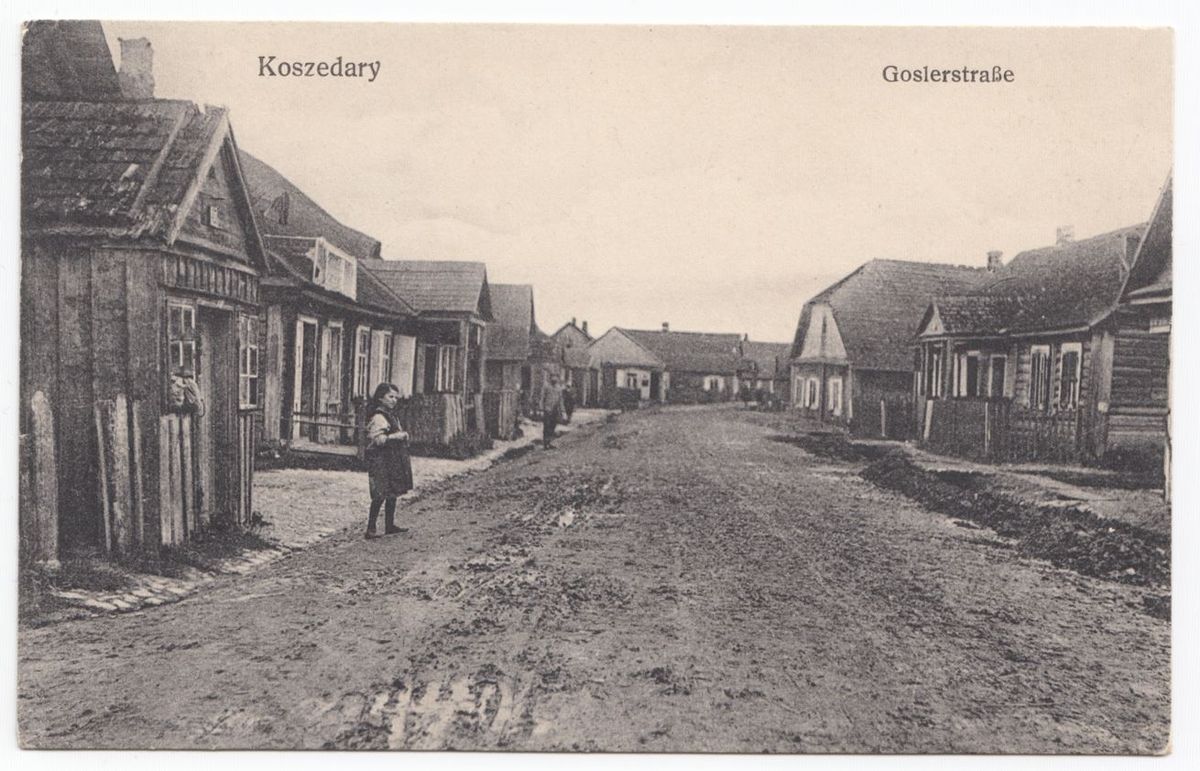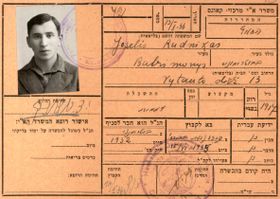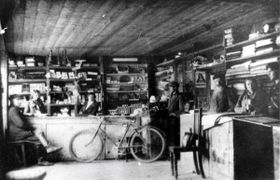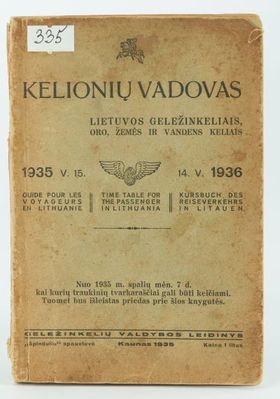Capital of Culture


A Hundred Years Ago
The photo shows Lithuania's Capital of Culture for 2024. This is how Kaišiadorys looked over a hundred years ago. The “What’s happening?” festival will be held here to celebrate this designation on the 31st of May.
The Jewish community in Kaišiadorys began establishing itself in the second half of the 19th century when the Jatkonys-Liepaja railway was built. By the end of the century, two-thirds of the town's inhabitants were Jewish.
They mostly lived in the old part of the town, setting up shops, inns, and hotels. These businesses thrived, as Kaišiadorys became an important railway transportation hub and stop for passengers. The Jewish community was even the first to build a house of worship in the shtetl.
After the war, neither the synagogues nor other material signs of the Jewish community's presence remained.
Today, Kaišiadorys has a population of 8,500 people, and the railway is still an important part of the town.





